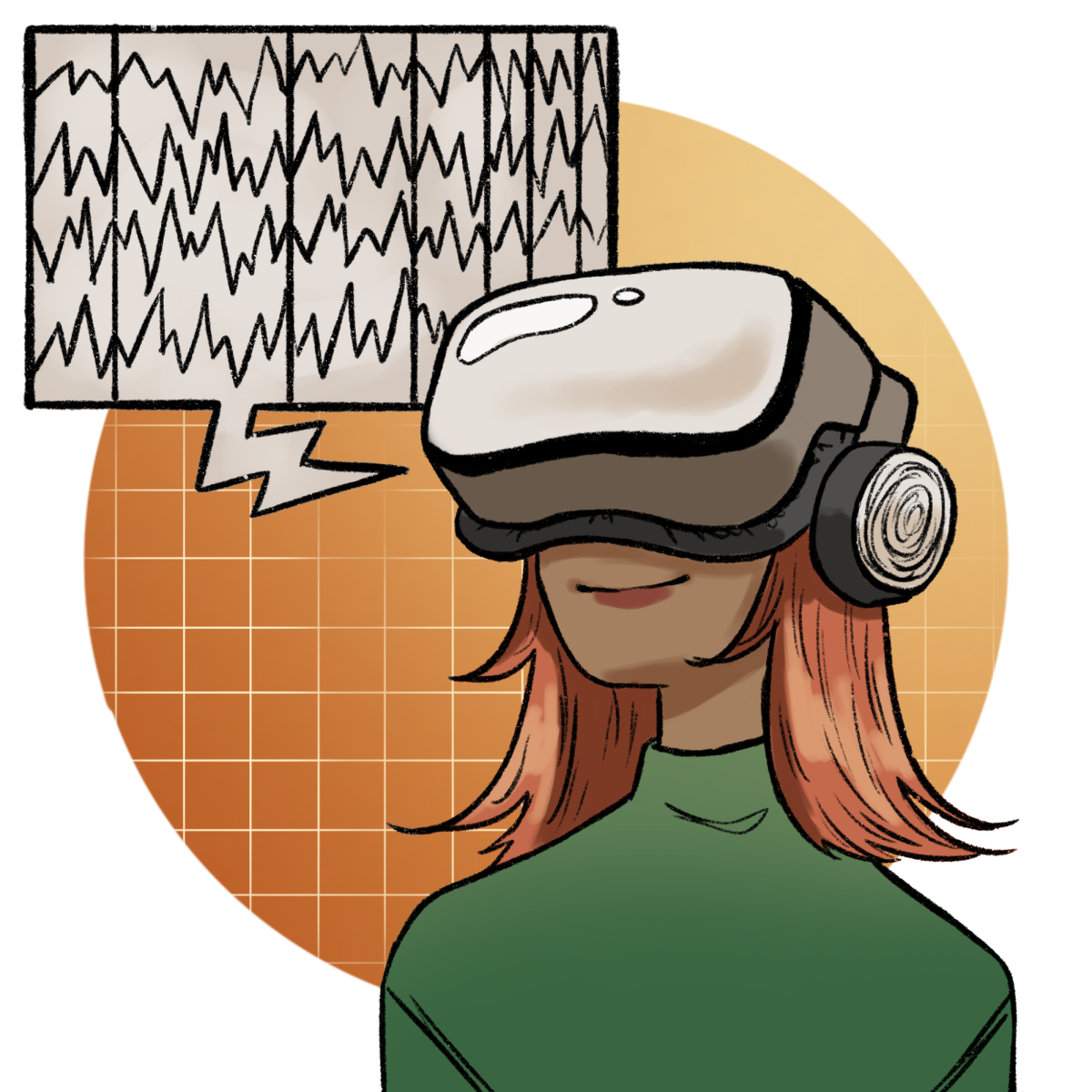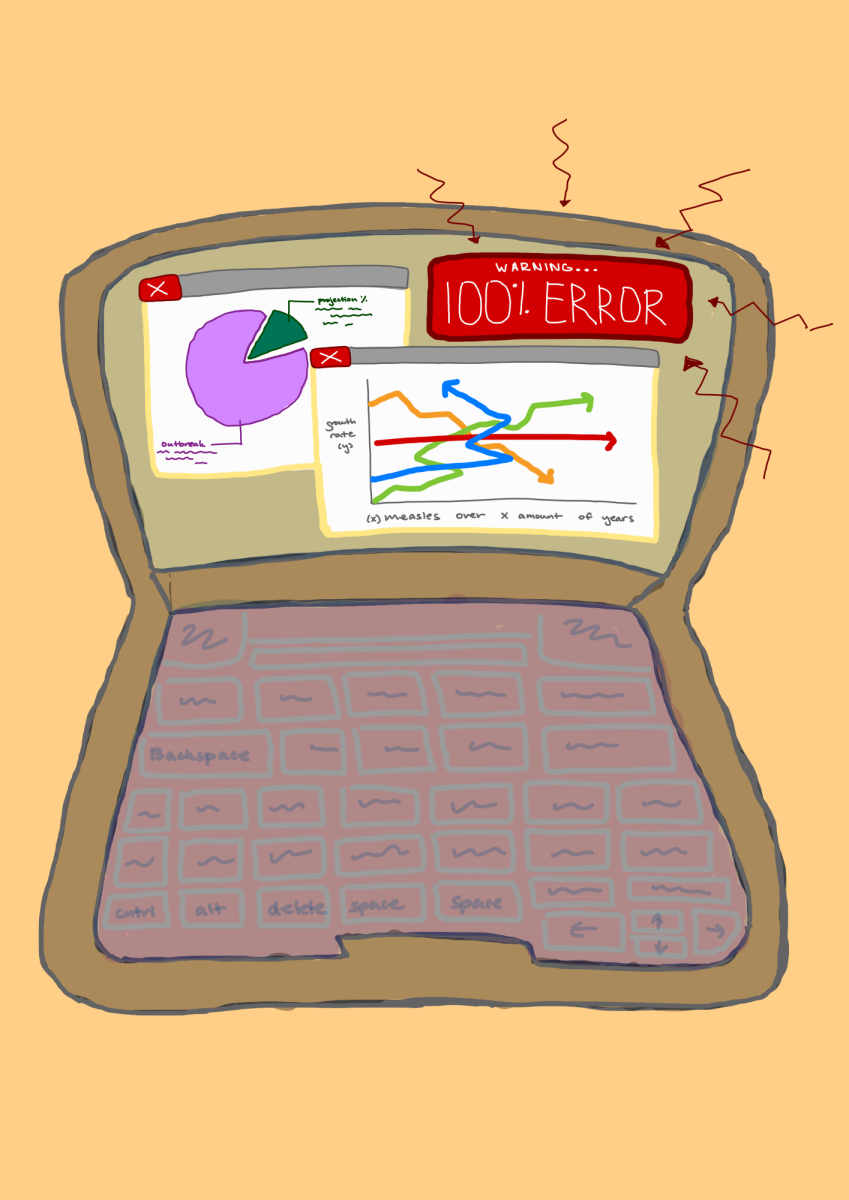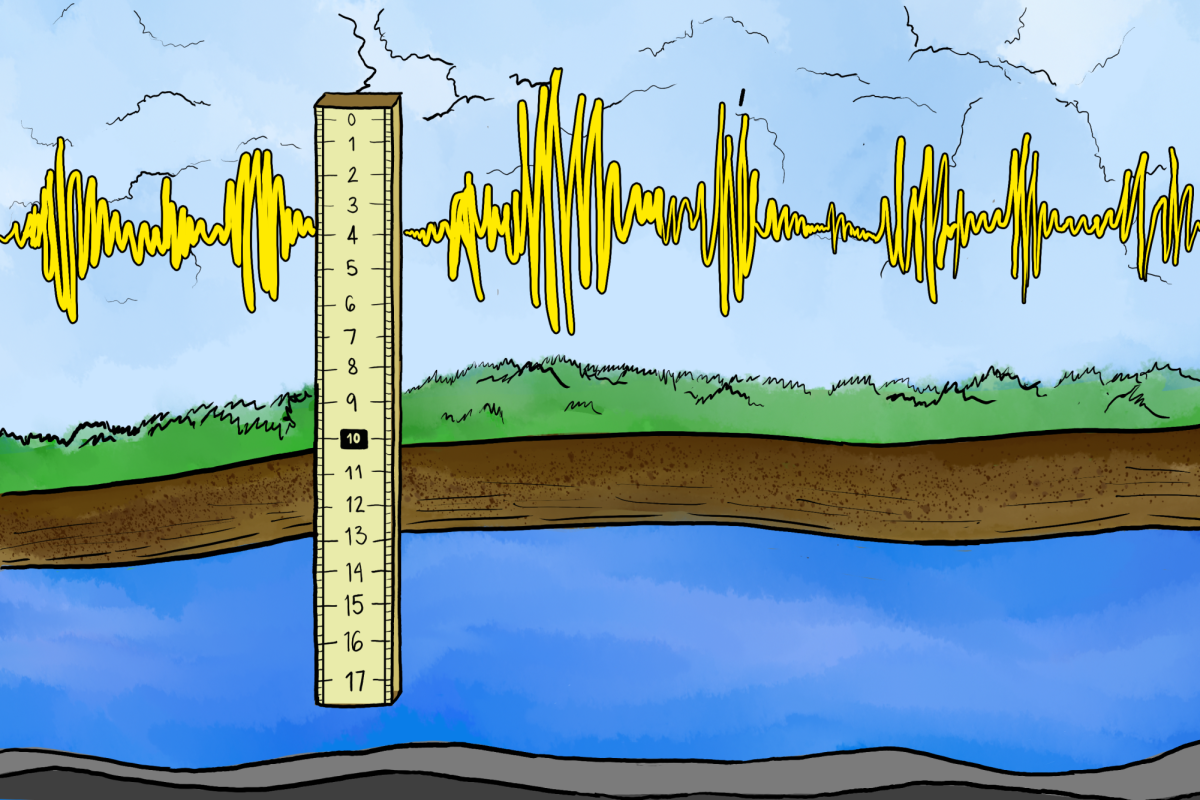A team of researchers at UT modified a virtual reality headset with a noninvasive electroencephalogram to measure brain activity.
“VR headsets are widely used as an immersive environment to either train or entertain,” lead researcher Nanshu Lu said. “The limitation there is that commercial VR headsets cannot monitor the brain while the brain is interacting with the VR content.”
The device was designed to monitor the human cognitive workload under simulated working environments, Lu said.
“Future drone operators, or robot operators, may need to wear this kind of VR headset to provide supervision and guidance to those unmanned devices,” Lu said. “In this case, we would like to monitor whether they are paying attention or not, their mental workload, whether it is too much for them. If it is, we’ll have to find ways to reduce that and make sure they are safe.”
As robots become further integrated into human life, it’s crucial to ensure they can work safely and comfortably alongside humans, said study co-author Luis Sentis.
“We want to have a set of eyes on the other side … watching these robots through a VR headset,” Sentis said. “We are studying the science of supervision, and we’re doing it by measuring the brain activity, mental fatigue and drowsiness.”
Further improvements are currently underway to increase the area of the brain that the device can take measurements from, said Hongbian Li, a research associate in Lu’s lab.
“We know that conventionally, humans are analog, whereas computers and machines are digital,” Lu said. “We already see that humans and machines are getting closer, as they try to understand each other and work with each other, then we need to make humans also digital.”



















